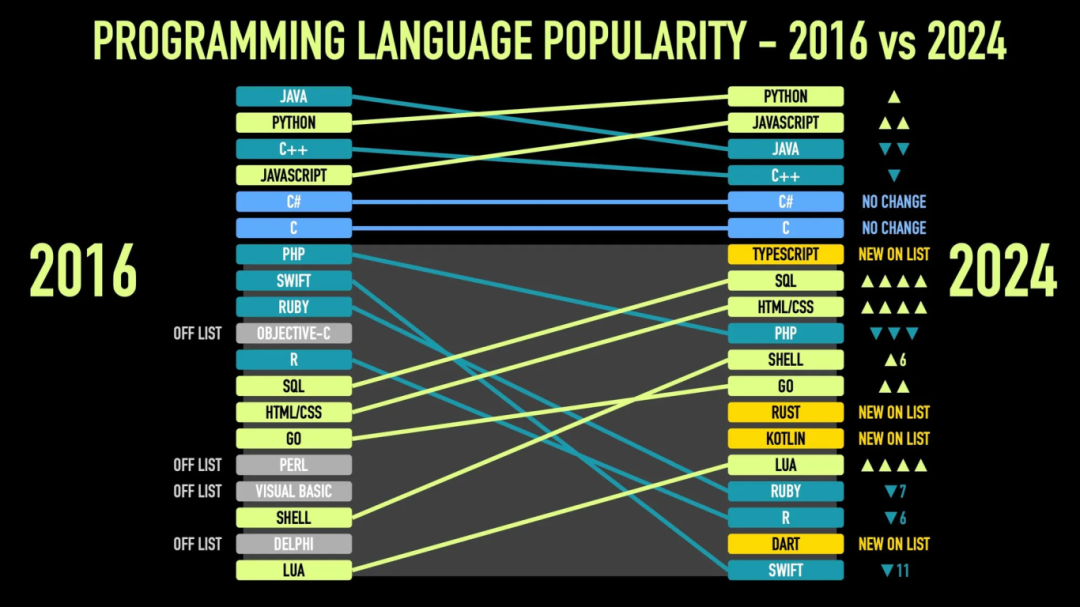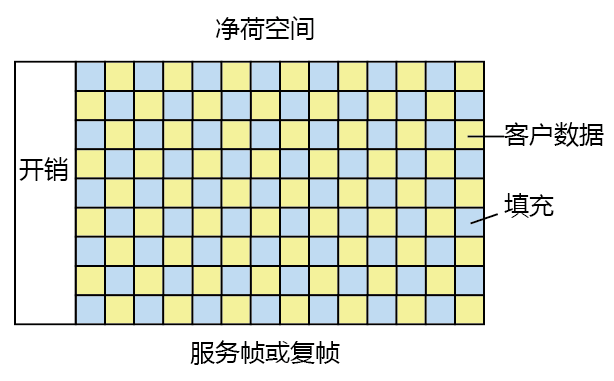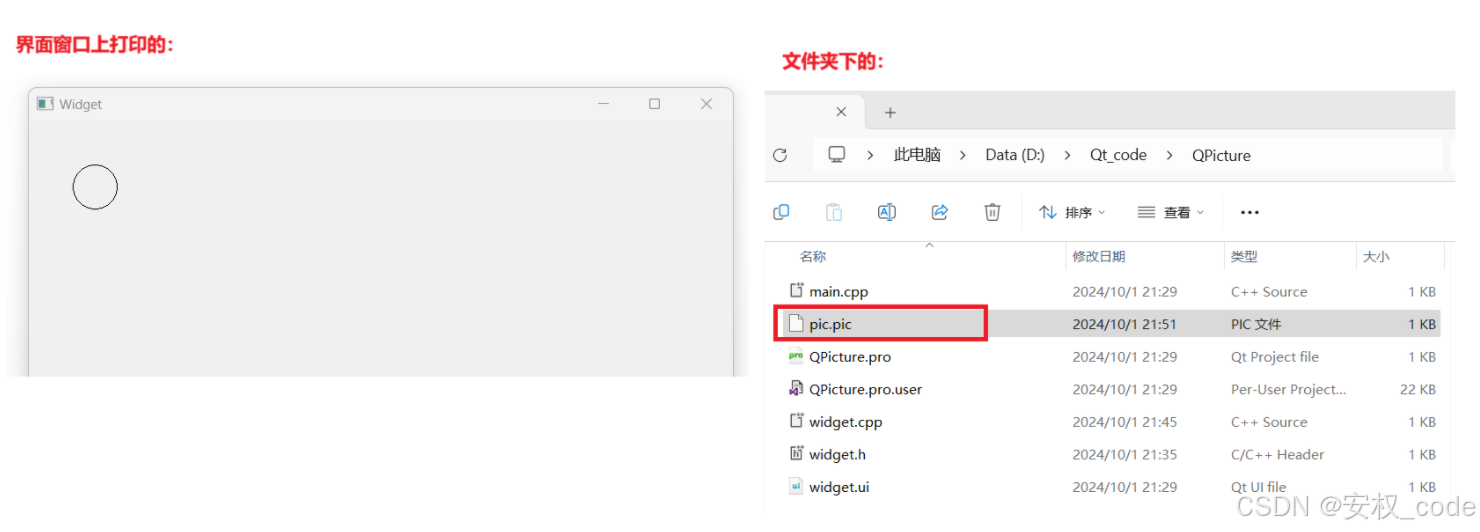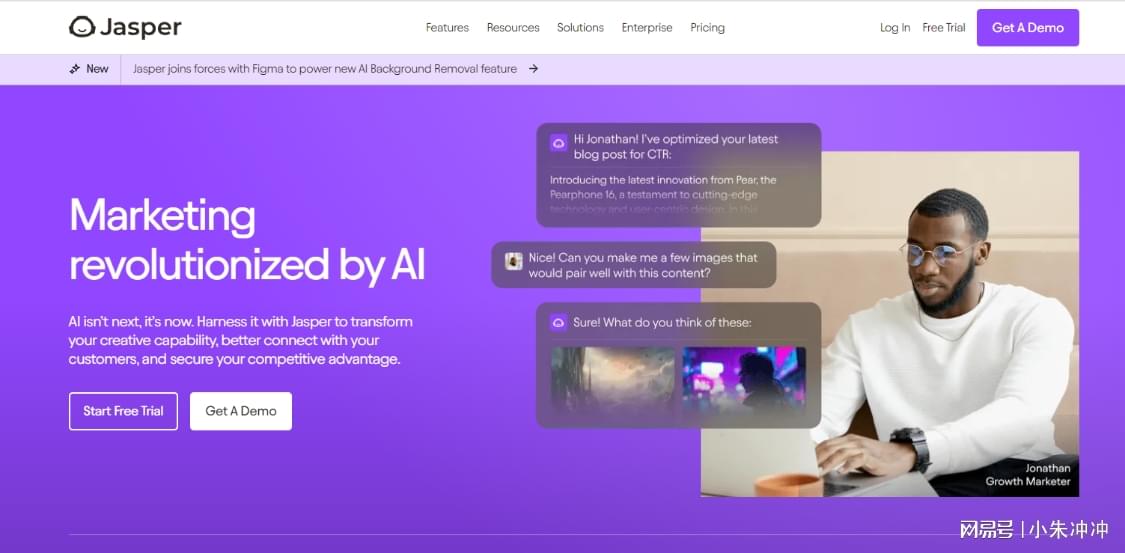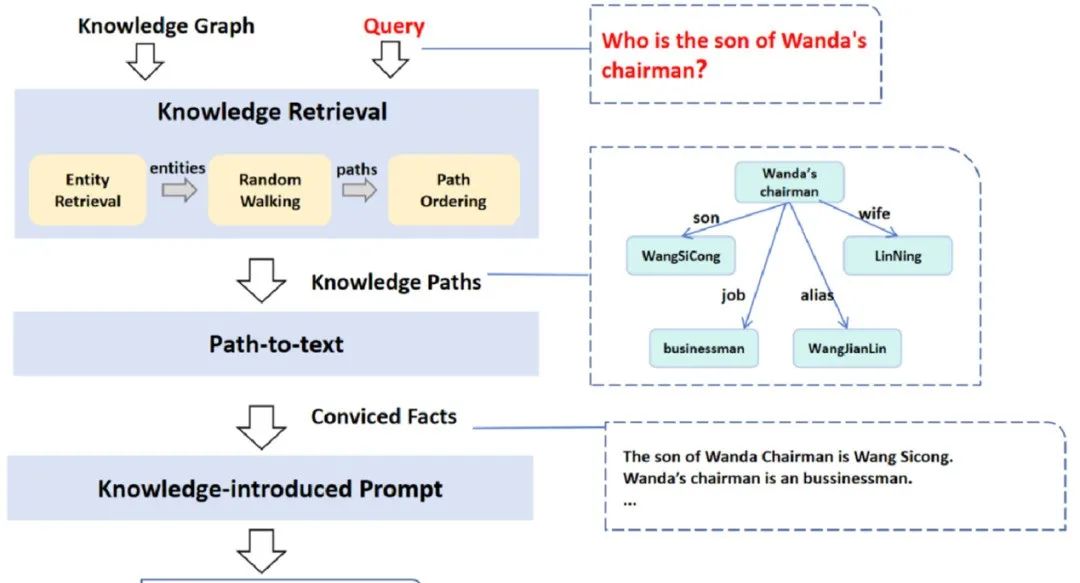因项目要求需要对一个没有源代码的老旧系统实现免登录功能,系统采用前后端分离的方式部署,登录时前端调用后台的认证接口,认证接口返回token信息,然后将token以json的方式存储到cookie中,格式如下:

这里有一个auth_token采用JSON格式存储,尝试了好几种写入Cookie的方式,均无法实现,现将可以实现方式记录如下。
Nginx配置
首先,为了避免跨域问题,以及Cookie的作用域问题,必须将现有系统和免登录跳转系统配置到同一个端口下,配置如下
server {
listen 80;
server_name localhost;
# 免登录跳转系统
location / {
proxy_pass http://127.0.0.1:8084;
#proxy_cookie_path / "/; httponly; secure; SameSite=Strict";
#proxy_cookie_flags ~ nosecure samesite=strict;
}
# 老旧系统
location / {
proxy_pass http://127.0.0.1:8000;
proxy_cookie_path / "/; httponly; secure; SameSite=Strict";
proxy_cookie_flags ~ nosecure samesite=strict;
}
注意这里proxy_cookie_path和proxy_cookie_flags要注释掉,否则在免登录跳转系统中设置的Cookie在跳转到现有系统后无法认证成功,下面对这两个参数说明一下:
proxy_cookie_path
proxy_cookie_path / "/; httponly; secure; SameSite=Strict";
proxy_cookie_path:此指令用于修改通过Nginx代理传递的Cookie的路径以及其他属性。
/:指定Cookie的路径为根路径,这意味着Cookie对整个域名有效。
“; httponly; secure; SameSite=Strict”:这部分是对Cookie添加额外的属性:
httponly:此属性指示浏览器仅允许HTTP(S)协议访问该Cookie,不允许JavaScript访问,这有助于防止跨站脚本攻击(XSS)。
secure:此属性指示浏览器仅在HTTPS连接中传输该Cookie,不允许在不安全的HTTP连接中传输,这有助于保护Cookie不被中间人攻击窃取。
SameSite=Strict:此属性控制Cookie在跨站请求中的发送行为。设置为Strict意味着Cookie仅在同站请求中发送,不会在跨站请求中发送,这有助于减少跨站请求伪造(CSRF)攻击的风险。
proxy_cookie_flags
proxy_cookie_flags ~ nosecure samesite=strict;
proxy_cookie_flags:此指令用于设置或修改通过Nginx代理传递的Cookie的标志。
~:这是一个正则表达式匹配操作符,表示接下来的模式应用于所有匹配的Cookie。
nosecure:此标志指示Nginx移除Cookie中的Secure属性。这意味着即使原始Cookie设置了Secure属性,通过Nginx代理后,该属性将被移除,Cookie可以在HTTP和HTTPS连接中都传输。这通常不推荐,因为它降低了安全性。
samesite=strict:此标志指示Nginx添加或修改Cookie的SameSite属性为Strict。这与proxy_cookie_path中的SameSite=Strict类似,控制Cookie在跨站请求中的发送行为。
注意:通常情况下,不建议在生产环境中使用nosecure标志,因为它会降低Cookie的安全性。如果需要移除Secure属性,应该仔细考虑安全性影响,并确保有其他安全措施来保护数据。
这两行配置通常一起使用,以确保通过Nginx代理传递的Cookie具有适当的安全属性。然而,proxy_cookie_flags中的nosecure标志可能会抵消proxy_cookie_path中设置的secure属性,因此在实际应用中需要谨慎使用。
免登录跳转
搭建一个SpringBoot工程,前端实现一个简单的跳转页面test.html
<!DOCTYPE html>
<html xmlns:th="http://www.thymeleaf.org">
<head>
<title>OSS</title>
<meta charset="UTF-8"/>
<meta name="viewport" content="width=device-width, initial-scale=1.0,minimum-scale=1.0,maximum-scale=1.0,user-scalable=no">
<meta http-equiv="X-UA-Compatible" content="IE=Edge" />
</head>
<body>
<a href="http://192.168.31.112">http://192.168.31.112</a>
</body>
</html>
后端IndexController类关键方法如下
package org.example.onemaposs.controller;
import com.alibaba.fastjson.JSONObject;
import lombok.extern.slf4j.Slf4j;
import org.apache.http.HttpEntity;
import org.apache.http.client.config.RequestConfig;
import org.apache.http.client.methods.CloseableHttpResponse;
import org.apache.http.client.methods.HttpPost;
import org.apache.http.entity.StringEntity;
import org.apache.http.impl.client.CloseableHttpClient;
import org.apache.http.impl.client.HttpClientBuilder;
import org.apache.http.util.EntityUtils;
import org.springframework.beans.factory.annotation.Value;
import org.springframework.stereotype.Controller;
import org.springframework.ui.ModelMap;
import org.springframework.web.bind.annotation.RequestMapping;
import org.springframework.web.bind.annotation.ResponseBody;
import javax.servlet.http.Cookie;
import javax.servlet.http.HttpServletRequest;
import javax.servlet.http.HttpServletResponse;
import java.io.UnsupportedEncodingException;
import java.time.ZonedDateTime;
import java.time.format.DateTimeFormatter;
import java.util.Locale;
@Slf4j
@Controller
public class IndexController {
@Value("${app.login.url}")
private String loginUrl;
@Value("${app.user}")
private String user;
@Value("${app.pass}")
private String pass;
@Value("${app.index.url}")
private String indexUrl;
// 经过测试,该方法可以实现免登录功能,注意在Nginx中代理不能加如下两行,否测Cookie无法共享
// proxy_cookie_path / "/; httponly; secure; SameSite=Strict";
// proxy_cookie_flags ~ nosecure samesite=strict;
@RequestMapping("/test")
public String test(HttpServletRequest request, HttpServletResponse response, ModelMap model) {
String token = null;
JSONObject json = new JSONObject();
json.put("user", user);
json.put("pwd", pass);
String str = doPost(loginUrl, json);
JSONObject jsonObject = JSONObject.parseObject(str);
JSONObject obj = jsonObject.getJSONObject("obj");
JSONObject rtnJson = new JSONObject(true);
JSONObject authToken = new JSONObject(true);
if (obj != null && obj.containsKey("token")) {
rtnJson.put("code", 200);
rtnJson.put("msg", "登录成功");
token = obj.getString("token");
authToken.put("data", token);
}
String time = String.format("expires=%s; path=/", getTime());
log.debug("Cookie time = {}", time);
response.setHeader("authorization", token);
response.addHeader("Set-Cookie", String.format("auth_token=%s; ", authToken.toJSONString()) + time);
response.addHeader("Set-Cookie", "user_name=admin; " + time);
response.addHeader("Set-Cookie", "is_anager=true; " + time);
response.addHeader("Set-Cookie", "user_role={%22uId%22:%22650e5cc596d8932f88ec8c90%22%2C%22user%22:%22admin%22%2C%22realName%22:%22%22%2C%22role%22:%22Admin%22%2C%22userRolePrivilege%22:{%22rolePriv%22:[]%2C%22userPriv%22:{%22privileges%22:[]}}}; " + time);
return "test";
}
private String getTime() {
// 获取当前时间的ZonedDateTime实例
ZonedDateTime now = ZonedDateTime.now(java.time.ZoneId.of("GMT"));
// 增加8天
ZonedDateTime futureDateTime = now.plusDays(8);
// 定义日期时间格式
DateTimeFormatter formatter = DateTimeFormatter.ofPattern("EEE, dd MMM yyyy HH:mm:ss z", Locale.ENGLISH);
// 格式化日期时间
return futureDateTime.format(formatter);
}
protected String doPost(String url, JSONObject json) {
String rtn = null;
CloseableHttpClient httpClient = null;
try {
httpClient = HttpClientBuilder.create().build();
RequestConfig.custom().setConnectionRequestTimeout(5000).setSocketTimeout(5000).setConnectTimeout(5000).build();
// 创建Get请求
HttpPost http = new HttpPost(url);
http.addHeader("Accept", "application/json, text/plain, */*");
http.addHeader("Content-Type", "application/json");
http.setEntity(new StringEntity(json.toJSONString(), "UTF-8"));
CloseableHttpResponse response = null;
// 由客户端执行(发送)Get请求
response = httpClient.execute(http);
// 从响应模型中获取响应实体
HttpEntity responseEntity = response.getEntity();
rtn = EntityUtils.toString(responseEntity);
} catch (Exception e) {
log.error(String.format("Search request throw exception: %s", e.getMessage()), e);
} finally {
if (httpClient != null) {
try {
httpClient.close();
} catch (Exception e) {
log.error(String.format("Close http client throw exception: %s", e.getMessage()), e);
}
}
}
return rtn;
}
}
application.properties配置如下:
server.port=8084
server.servlet.context-path=/oss
app.login.url=http://192.168.31.112/v1/auth/login
app.user=admin
app.pass=4de93544234adffbb681ed60ffcfb941
app.index.url=http://192.168.31.112
spring.thymeleaf.cache=false
spring.thymeleaf.check-template=true
spring.thymeleaf.check-template-location=true
spring.thymeleaf.servlet.content-type=text/html
spring.thymeleaf.enabled=true
spring.thymeleaf.encoding=UTF-8
spring.thymeleaf.excluded-view-names=
spring.thymeleaf.mode=HTML5
spring.thymeleaf.prefix=classpath:/templates/
spring.thymeleaf.suffix=.html
这样当访问http://192.168.31.112/oss/test时,系统通过端调用原有系统的认证接口,将相关的认证信息写入cookie,然后当前端跳转到新系统时,就实现了免登录功能。
几种写Cookie坑
由于这里写入Cookie的值为JSON格式,且为没有编码的,因此这里尝试了几种其他的方式写入Cookie,都失效了,因此记录如下:
后端Java实现
private void setCookie(HttpServletResponse response, String key, String value) {
log.debug("Set cookie {}={}", key, value);
Cookie cookie = new Cookie(key, value);
cookie.setMaxAge(3600 * 24 * 30);
cookie.setPath("/");
response.addCookie(cookie);
}
无法写入JSON,提示错误如下
2024-10-01 21:40:56.737 DEBUG Set cookie data={"a":"b"} [http-nio-8084-exec-3](org.example.onemaposs.controller.IndexController:121)
2024-10-01 21:40:56.749 ERROR Servlet.service() for servlet [dispatcherServlet] in context with path [/oss] threw exception [Request processing failed; nested exception is java.lang.IllegalArgumentException: An invalid character [34] was present in the Cookie value] with root cause [http-nio-8084-exec-3](org.apache.catalina.core.ContainerBase.[Tomcat].[localhost].[/oss].[dispatcherServlet]:175)
java.lang.IllegalArgumentException: An invalid character [34] was present in the Cookie value
at org.apache.tomcat.util.http.Rfc6265CookieProcessor.validateCookieValue(Rfc6265CookieProcessor.java:197)
at org.apache.tomcat.util.http.Rfc6265CookieProcessor.generateHeader(Rfc6265CookieProcessor.java:123)
at org.apache.catalina.connector.Response.generateCookieString(Response.java:1001)
at org.apache.catalina.connector.Response.addCookie(Response.java:953)
......
前端JavaScript实现1
采用jquery.cookie.min.js,代码如下
function setCookie(key, value) {
$.cookie(key, value, {
expires: 8, // 有效期为7天
path: '/', // 在整个网站有效
domain: '', // 默认的域
secure: false // 不使用安全协议
});
}
setCookie('auth_token', '{"data":"xxxxxx"}');
写入Cookie中的{、}、"、:、+、空格等等均被编码了,因此现有系统在读取后转JSON报错。
前端JavaScript实现2
以下这种方法也不行,去掉encodeURIComponent也不行
setCookies([
["user_name", "admin"],
["auth_token", "{\"data\":\"xxxxxx\"}"]
]);
function setCookies(nameValuePairList) {
var cookieList = nameValuePairList.map(function(nameValuePair) {
var cookieString = nameValuePair[0] + "=" + encodeURIComponent(nameValuePair[1]);
// 可以添加其他属性,如过期时间、路径、域等
return cookieString;
});
document.cookie = cookieList.join("; ");
}
function escapeCookieValue(value) {
return value.replace(/{/g, '\\{').replace(/}/g, '\\}').replace(/"/g, '\\"').replace(/,/g, '\\,').replace(/;/g, '\\;').replace(/ /g, '\\ ');
}
function setCookie(key, value) {
$.cookie(key, value, {
expires: 8, // 有效期为7天
path: '/', // 在整个网站有效
domain: '', // 默认的域
secure: false // 不使用安全协议
});
}
前端JavaScript实现3
定义Cookie类也不行
let ht;
if (!ht) ht = {};
ht.Cookie = function () {
let _p = ht.Cookie.prototype;
_p.getCookieVal = function (offset) {
let endstr = document.cookie.indexOf(";", offset);
if (endstr == -1) {
endstr = document.cookie.length;
}
return unescape(document.cookie.substring(offset, endstr));
};
_p.set = function (name, value) {
let expdate = new Date();
let argv = arguments;
let argc = arguments.length;
let expires = (argc > 2) ? argv[2] : null;
let path = (argc > 3) ? argv[3] : "/";
let domain = (argc > 4) ? argv[4] : null;
let secure = (argc > 5) ? argv[5] : false;
if (expires != null) {
let temp = 0;
let rdigit = /\d/;
if (rdigit.test(expires) && !isNaN(expires)) {
temp = parseInt(expires);
}
temp = temp <= 0 ? 1 : temp;
expdate.setTime(expdate.getTime() + (temp * 1000 * 3600 * 24));
}
document.cookie = name
+ "=" + value
// + escape(value)
+ ((expires == null) ? "" : ("; expires=" + expdate.toGMTString()))
+ ((path == null) ? "" : ("; path=" + path))
+ ((domain == null) ? "" : ("; domain=" + domain))
+ ((secure == true) ? "; secure" : "");
};
_p.get = function (name) {
let arg = name + "=";
let alen = arg.length;
let clen = document.cookie.length;
let i = 0;
while (i < clen) {
var j = i + alen;
if (document.cookie.substring(i, j) == arg) {
return this.getCookieVal(j);
}
i = document.cookie.indexOf(" ", i) + 1;
if (i == 0) {
break;
}
}
return null;
};
_p.remove = function (name) {
let exp = new Date();
exp.setTime(exp.getTime() - 1);
let cval = this.get(name);
document.cookie = name + "=" + cval + "; expires=" + exp.toGMTString() + "; path=/";
};
_p.removeAll = function clearAllCookie() {
let keys = top.document.cookie.match(/[^ =;]+(?=\=)/g);
if(keys) {
for(var i = keys.length; i--;) {
let exp = new Date();
exp.setTime(exp.getTime() - 1);
document.cookie = keys[i] + '=0;expires=' + exp.toGMTString() + "; path=/";
}
}
}
};
// cookie实例
ht.cookie = new ht.Cookie();
ht.cookie.set('user_name', 'admin');
ht.cookie.set('auth_token', '{"data":"xxxxxx"}');
前端JavaScript实现4
使用document.cookie来设置Cookie也无法生效
$(document).ready(function() {
let str = 'auth_token={"data":"xxxxxx"}; user_name=admin; is_anager=true;';
let expirationDate = new Date();
expirationDate.setDate(expirationDate.getDate() + 7);
document.cookie = str + "expires=" + expirationDate.toUTCString() + ";path=/";
});



